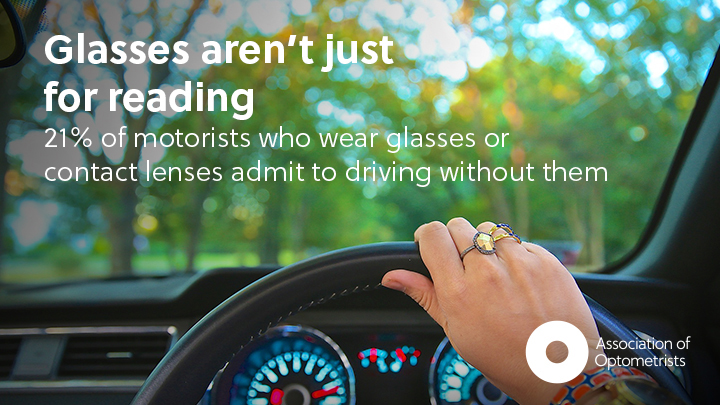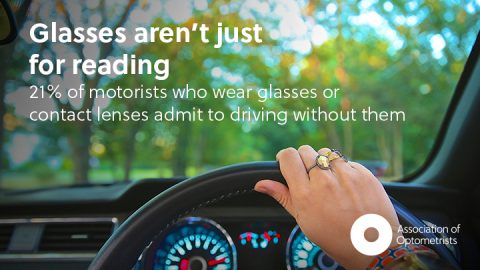Road Safety Week: Does your vision meet the required standard for driving?


As it’s Road Safety Week we wanted to remind motorists of the importance of making sure their vision meets the required standard for driving.
Current rules state that car drivers and motorcyclists (group 1) must be able to read (with glasses or contact lenses if necessary) a car number plate from 20 metres. It’s a good idea to regularly check this. There are different rules that apply to lorry and bus drivers that can be found here.
It goes without saying that you must wear your glasses or contact lenses every time you drive if you need them to meet the ‘standards of vision for driving’.
You must also inform the DVLA if you have a problem with your eyesight that affects both your eyes, or the remaining eye if you only have one eye. This does not include being short or long sighted or colour blind. You do not need to inform the DVLA if you’ve had surgery to correct short sightedness and can meet the eyesight standards.
These are the driving eyesight rules:
- You must be able to read (with glasses or contact lenses, if necessary) a car number plate from 20 metres.
- You must also meet the minimum eyesight standard for driving by having a visual acuity of at least decimal 0.5 (6/12) measured on the Snellen scale (with glasses or contact lenses, if necessary) using both eyes together or, if you have sight in one eye only, in that eye.
- You must also have an adequate field of vision – your optician can tell you about this and do a test.
You can check if you need to tell DVLA about your eyesight problem by searching the A to Z of medical conditions that could affect your driving.
You could be prosecuted if you drive without meeting the standards of vision for driving.